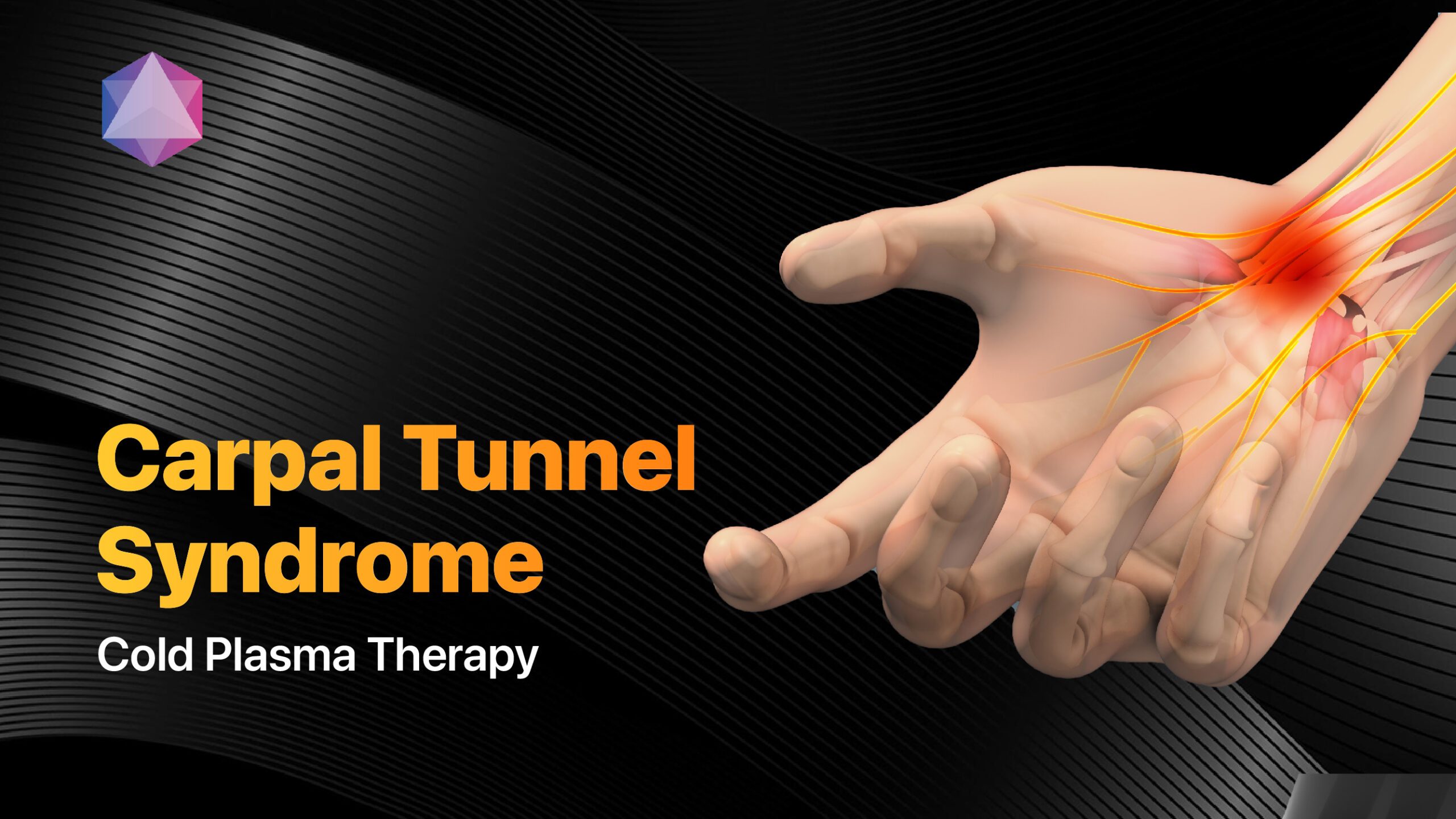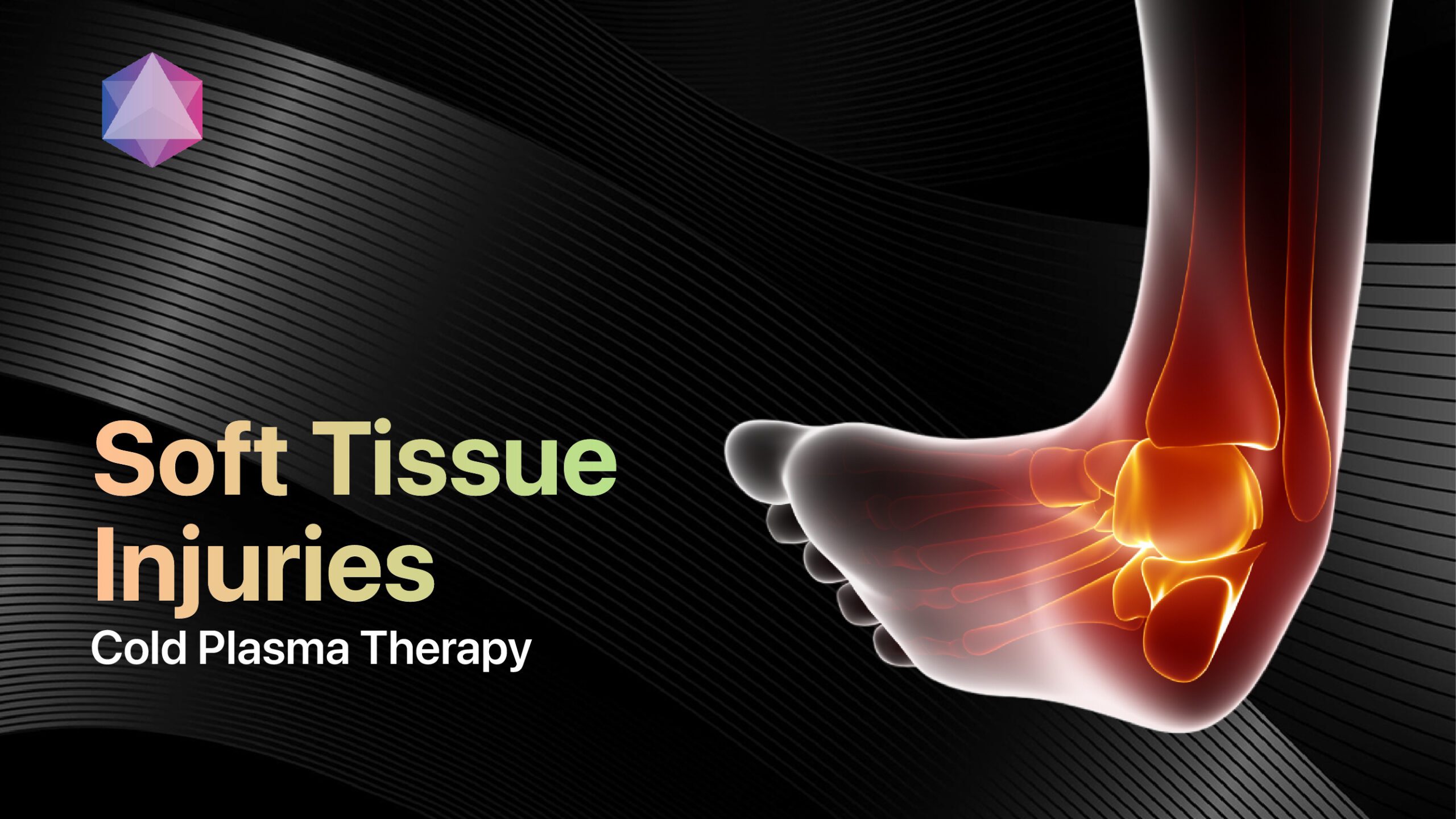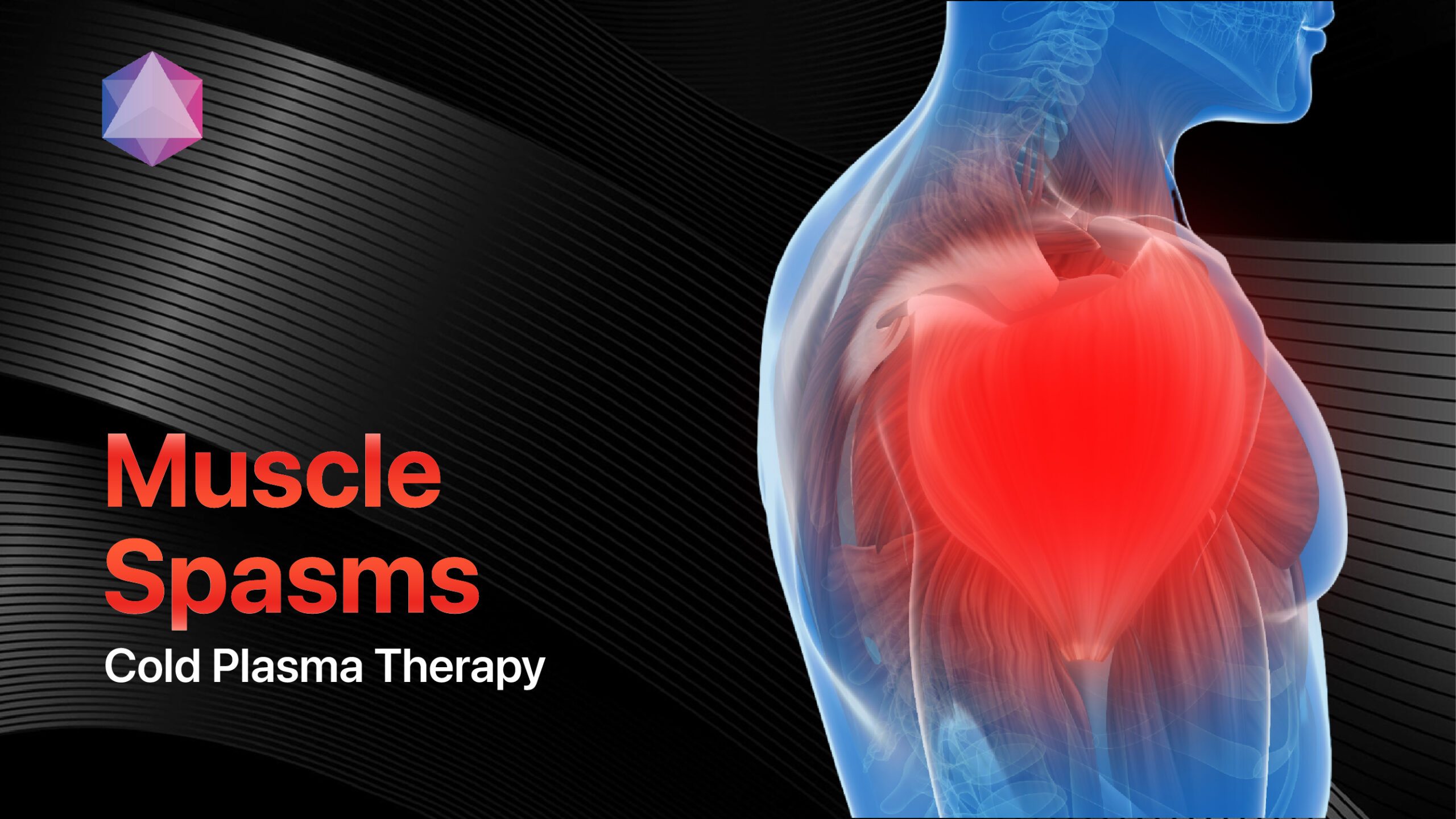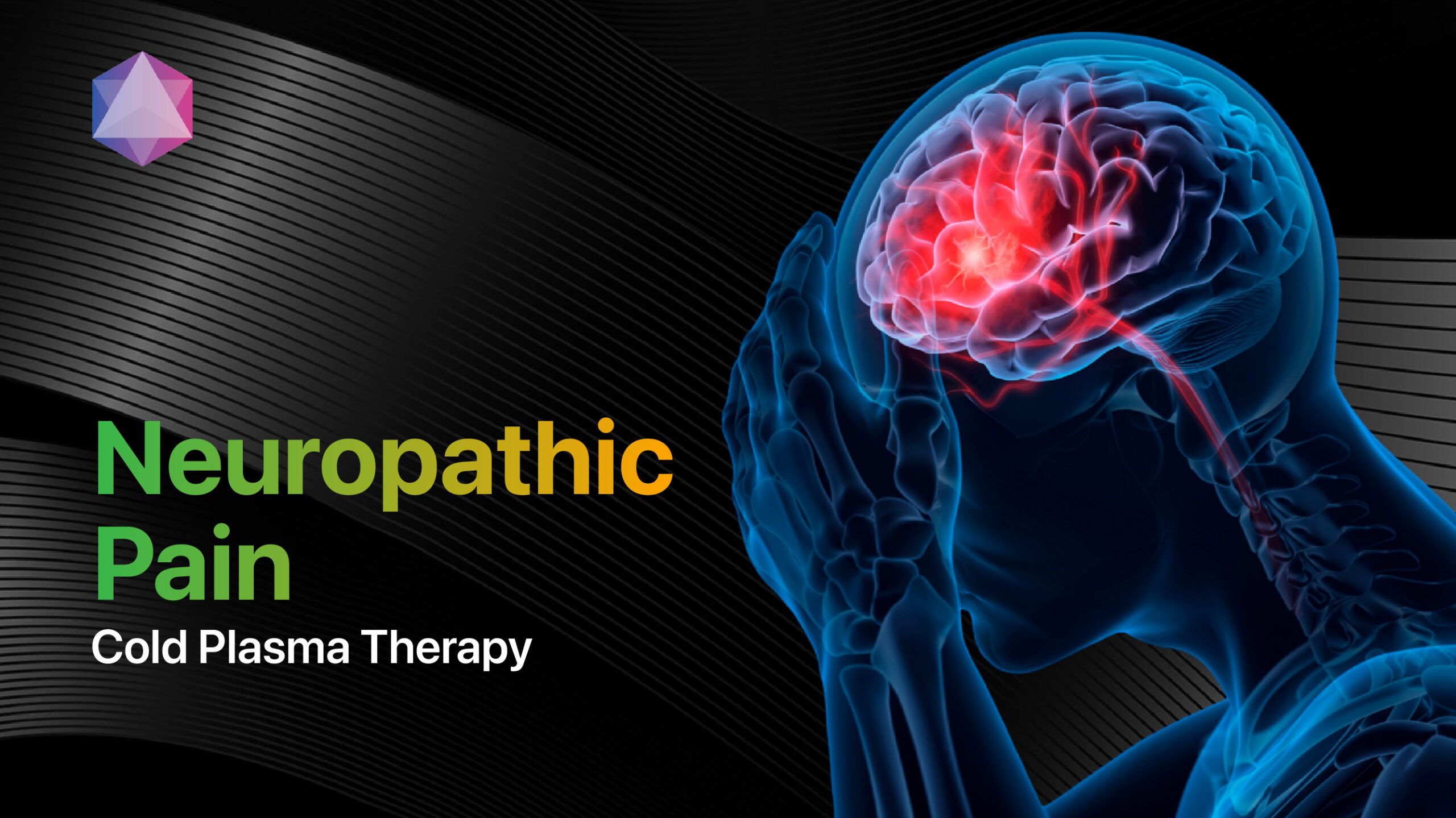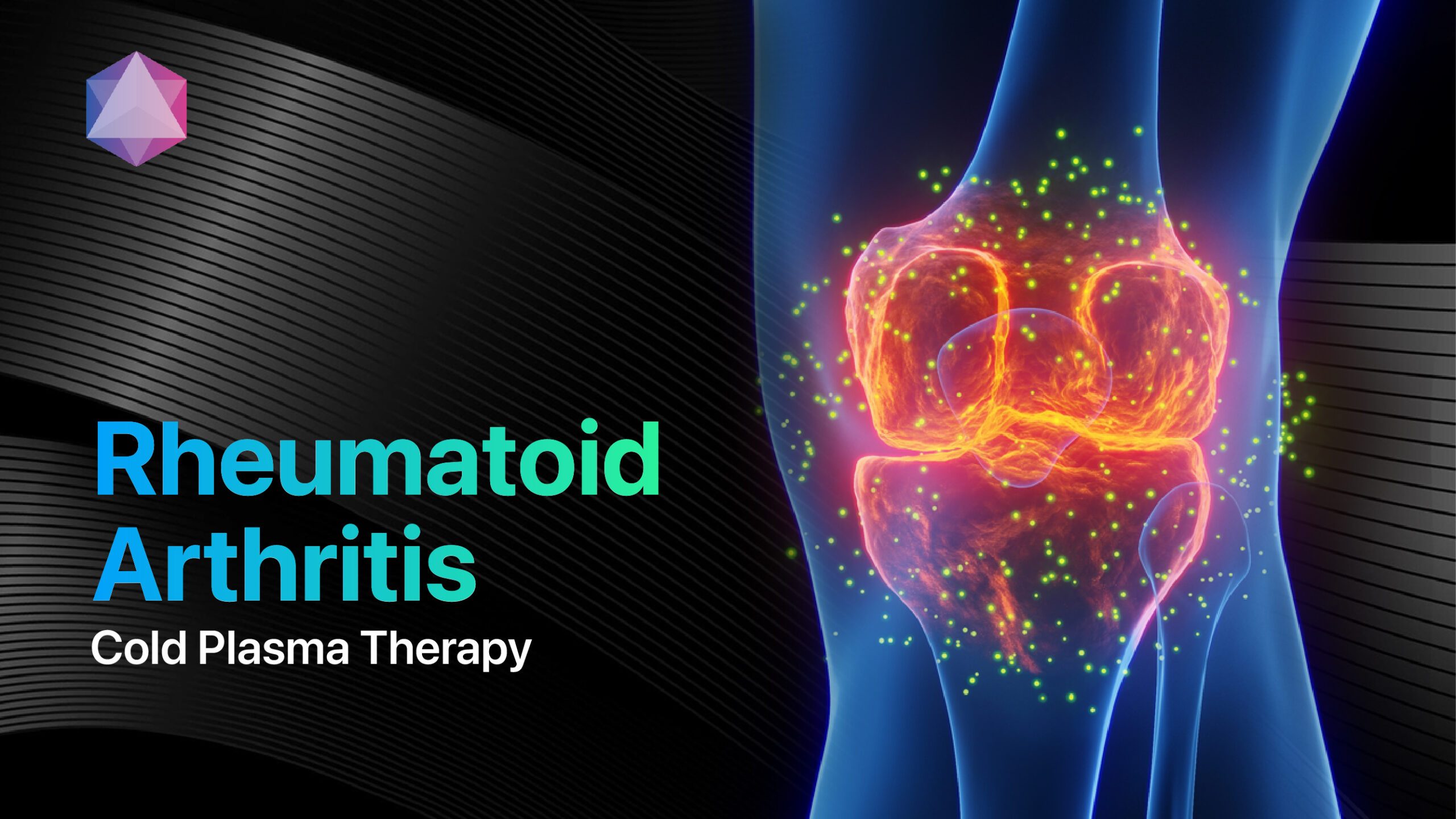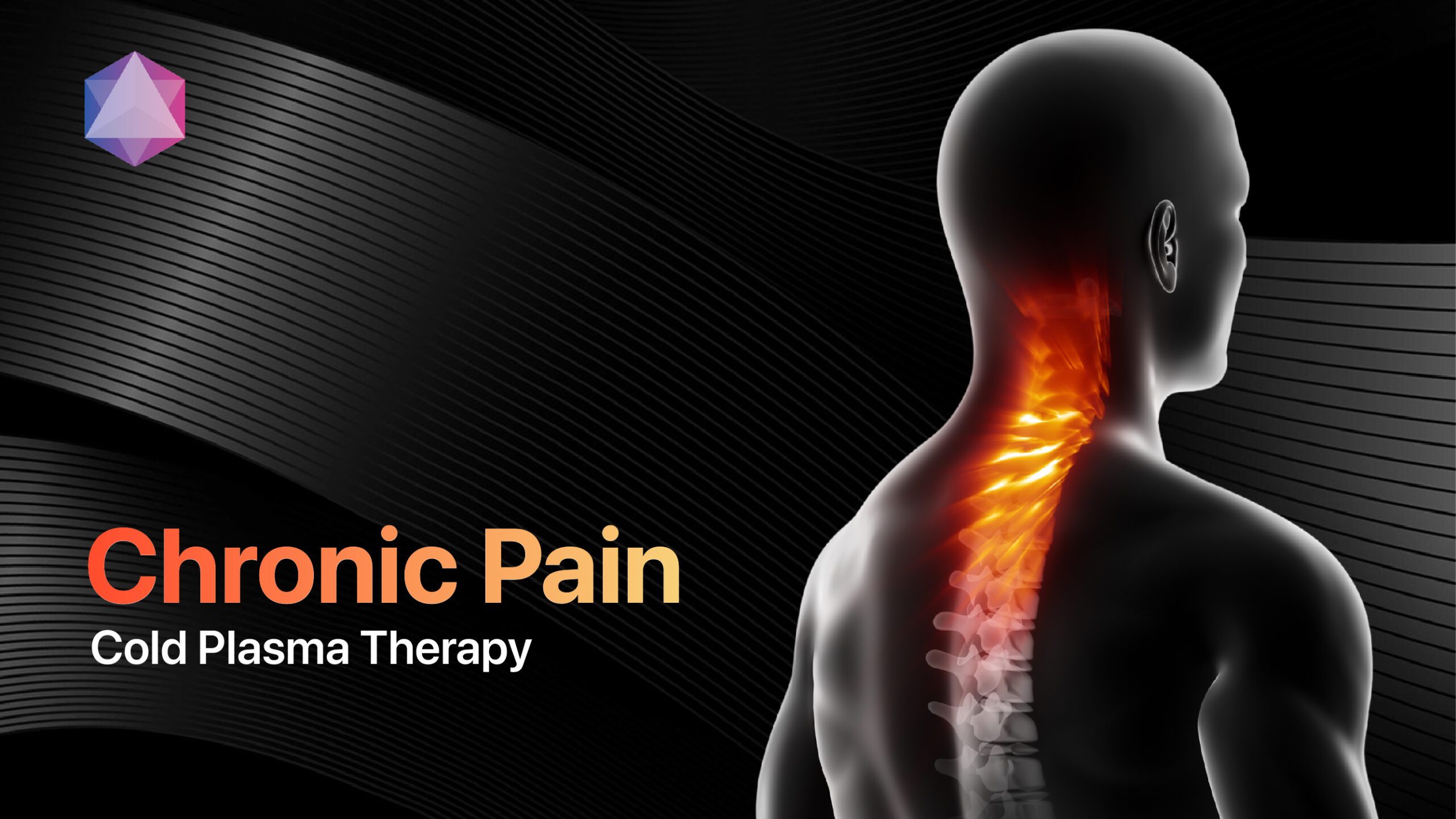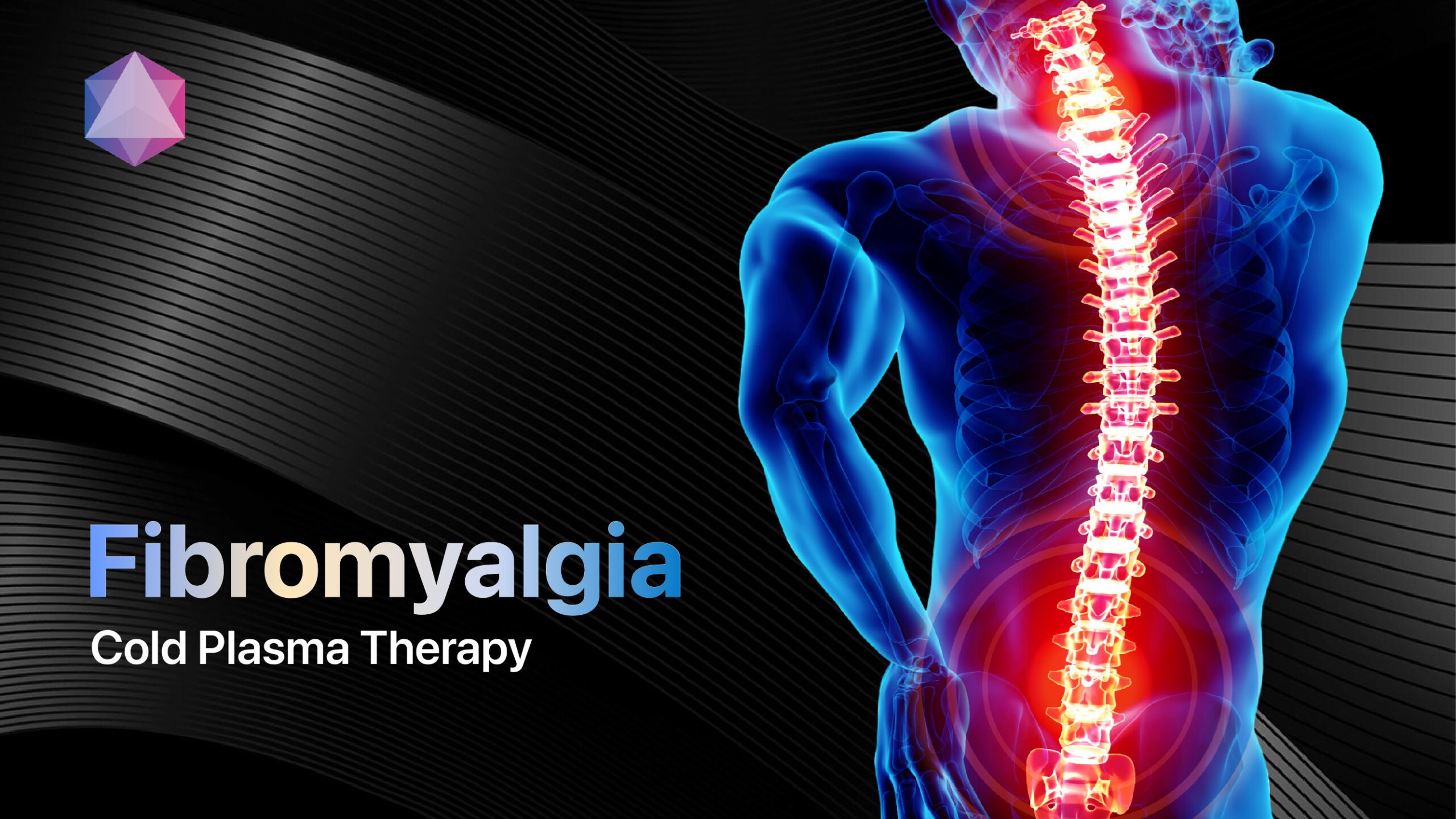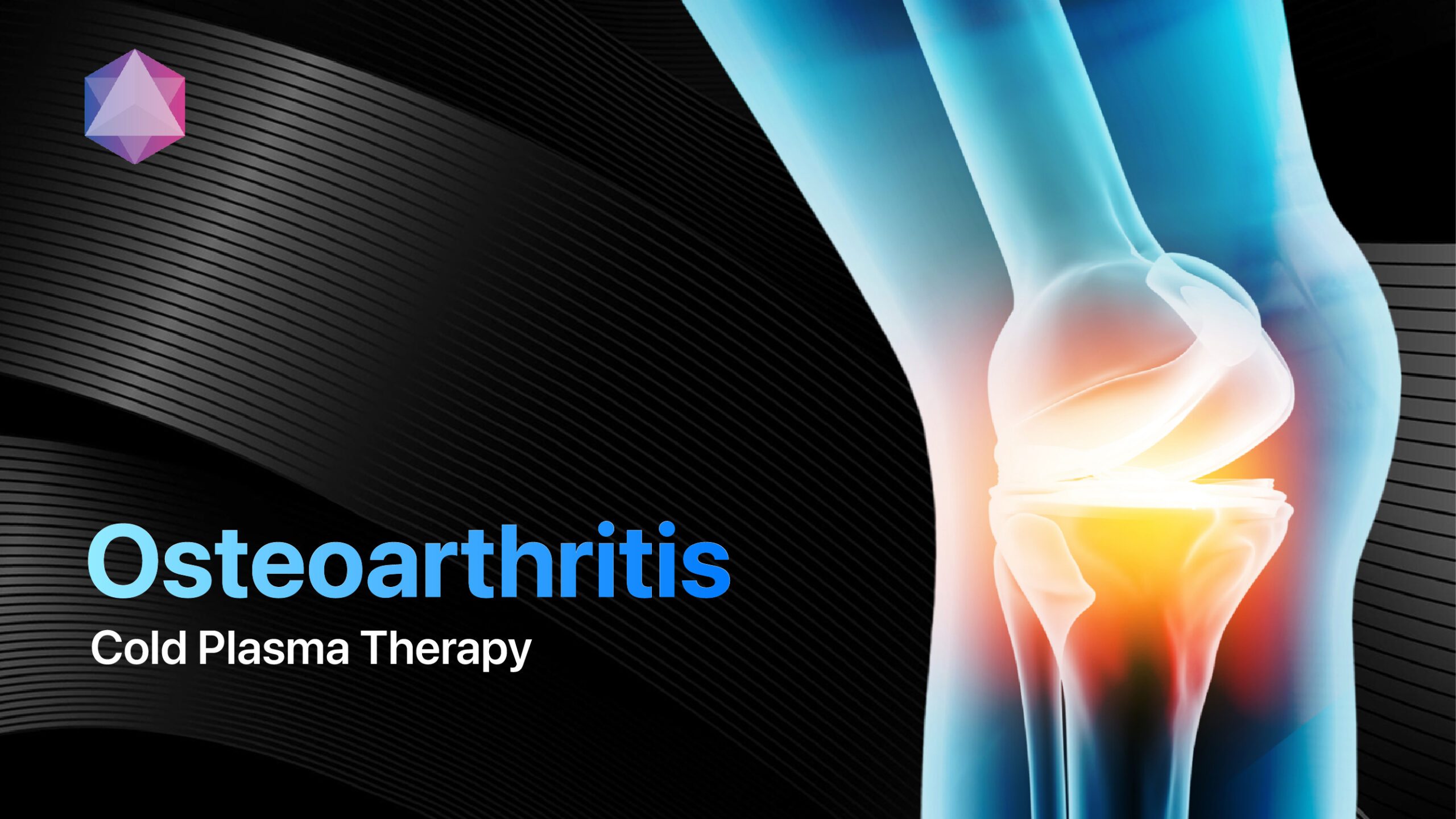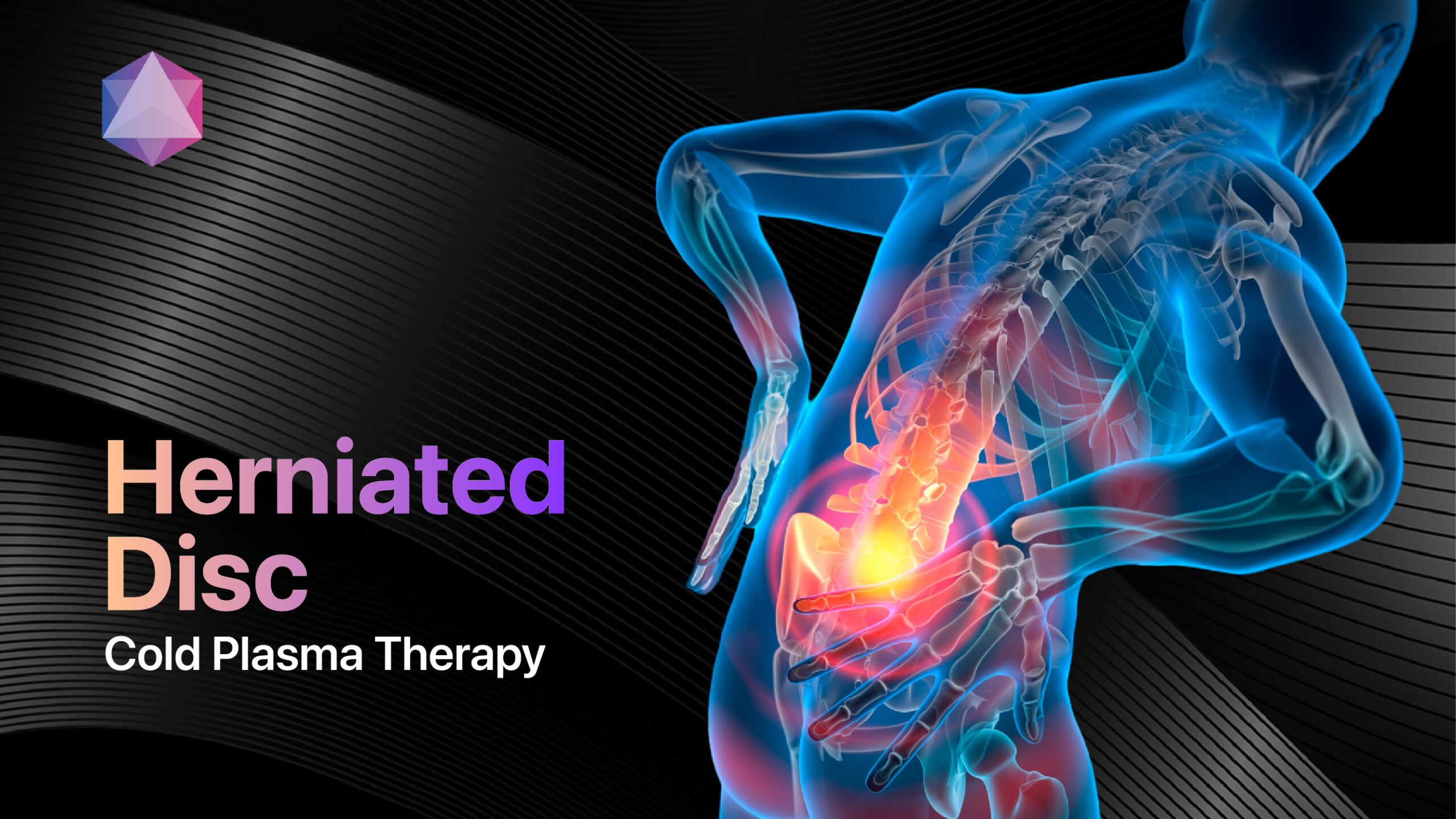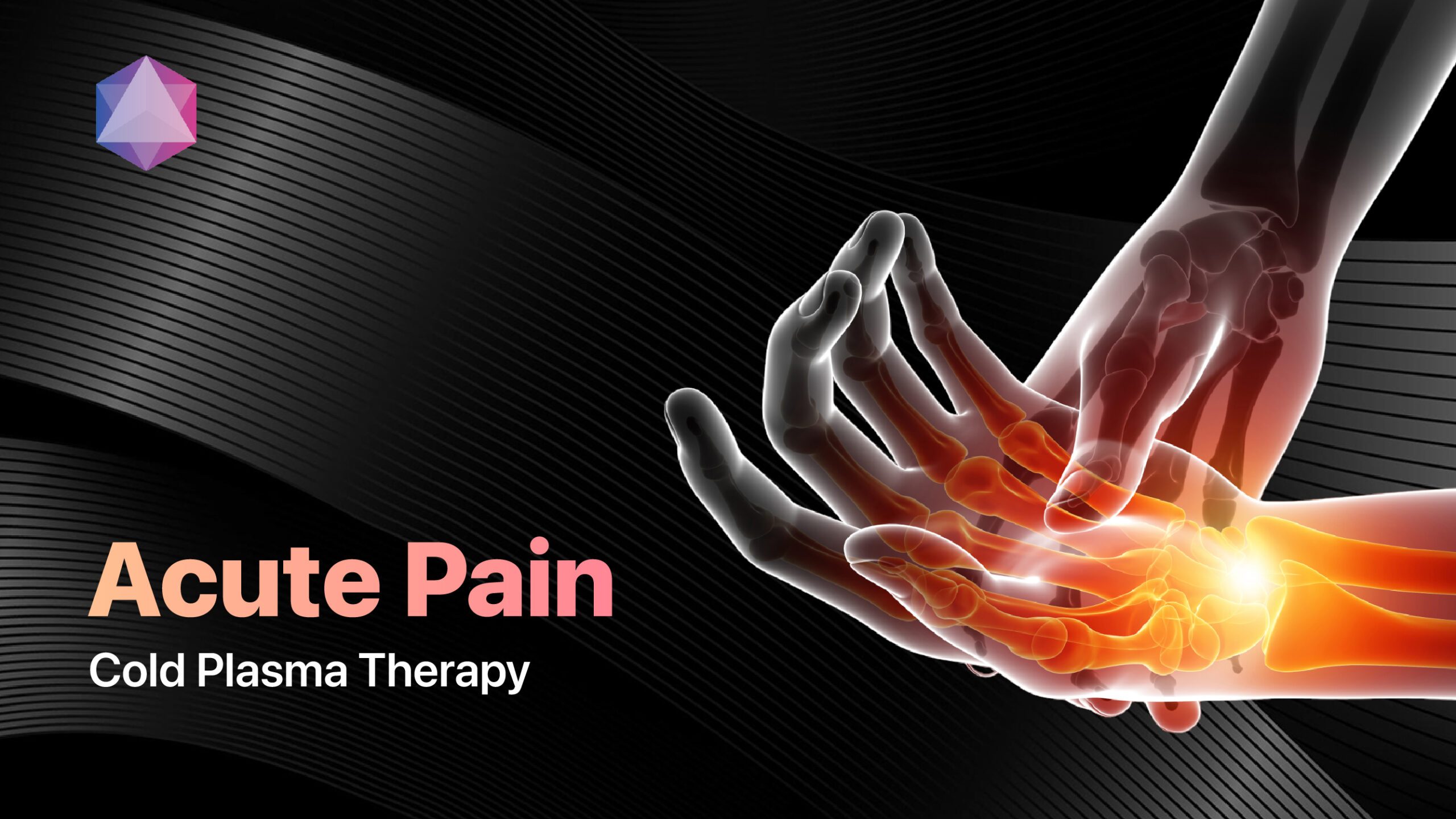
Acute pain affects millions globally, representing the body’s natural alarm system that signals injury or tissue damage through sudden, intense sensations lasting days to weeks[1][2]. This protective mechanism serves a crucial biological purpose by preventing further injury and prompting appropriate medical attention[3]. Unlike chronic pain that persists without protective value, acute pain typically resolves when the underlying cause heals[4]. Modern treatment approaches now combine evidence-based protocols with innovative technologies to achieve faster relief and prevent progression to chronic conditions.
Understanding acute pain characteristics and management strategies empowers patients to seek appropriate care and achieve optimal recovery outcomes.
Understanding Acute Pain Mechanisms
What Triggers the Body’s Alarm System?
Acute pain develops when specialized nerve endings called nociceptors detect harmful stimuli and transmit warning signals to the brain[5]. This physiological response involves complex interactions between the peripheral nervous system, spinal cord, and brain that create the conscious experience of pain.
The process involves three key stages:
- Nociception: Specialized receptors detect tissue damage
- Transmission: Pain signals travel through nerve pathways
- Perception: The brain interprets signals as painful sensations
- Modulation: Natural systems attempt to reduce pain intensity[6]
Key distinguishing features include:
- Sudden onset with identifiable cause
- Sharp, stabbing, or burning quality
- Localized to specific injury sites
- Duration proportional to healing time
- Serves protective biological function[7]
How Acute Pain Differs from Chronic Conditions
Acute pain presents distinct characteristics that distinguish it from chronic pain syndromes:
- Duration: Typically lasts days to weeks versus months or years
- Purpose: Serves protective warning function versus maladaptive persistence
- Treatment response: Generally responds well to standard interventions
- Psychological impact: Usually temporary distress versus long-term suffering[8]
The Mirari Cold Plasma System, developed by General Vibronics and commercialized through miraridoctor.com, offers revolutionary acute pain treatment by generating therapeutic plasma that modulates pain pathways while accelerating tissue healing[24].
Comprehensive Acute Pain Symptoms Profile
Primary Pain Characteristics
Acute pain manifests through distinctive symptom patterns that help identify the condition and guide treatment decisions:
Sharp and Stabbing Sensations
Intense, piercing pain represents the most common presentation, particularly in injuries involving nerve compression or tissue trauma. This pain quality serves as an immediate warning to prevent further damage[6].
Localized Pain Distribution
Acute pain typically remains confined to specific injury sites, unlike chronic conditions that may spread to unrelated areas. This localization helps healthcare providers identify underlying causes and target treatments effectively[6].
Sudden Onset Patterns
Immediate pain development following injury, surgery, or illness represents a hallmark characteristic. This rapid onset distinguishes acute pain from gradual chronic conditions[6].
Associated Physical Symptoms
Acute pain frequently involves secondary symptoms that affect overall functioning:
- Swelling and inflammation at injury sites
- Redness and warmth indicating tissue response
- Reduced mobility due to protective guarding
- Muscle spasms surrounding affected areas
- Increased sensitivity to touch or movement[5][11]
Functional and Psychological Impact
Intense acute pain significantly affects daily activities and mental state:
- Concentration difficulties as pain demands cognitive resources
- Sleep disruption from discomfort and positioning challenges
- Activity limitation to prevent pain worsening
- Anxiety about pain progression or underlying conditions
- Fatigue from fighting pain and healing processes[11]
| Symptom Category | Specific Manifestations | Clinical Significance | Treatment Priority |
|---|---|---|---|
| Primary Pain | Sharp, stabbing, burning sensations[6] | Indicates tissue damage severity | Immediate relief needed |
| Inflammatory Signs | Swelling, redness, warmth[11] | Shows immune response activation | Anti-inflammatory intervention |
| Functional Loss | Reduced mobility, weakness[6] | Determines disability level | Rehabilitation planning |
| Systemic Effects | Fatigue, concentration problems[11] | Affects overall well-being | Comprehensive management |
Root Causes and Triggering Factors
Primary Etiological Categories
Acute pain arises from various pathways that impact different body systems:
Traumatic Injuries
Physical trauma represents the most common cause, including:
- Motor vehicle accidents creating multiple injury patterns
- Sports injuries affecting muscles, ligaments, and bones
- Falls resulting in fractures or soft tissue damage
- Cuts, burns, and other external injuries[22]
Surgical Procedures
Post-operative pain affects virtually all surgical patients:
- Tissue incision and manipulation during procedures
- Inflammatory responses to surgical intervention
- Nerve irritation from surgical techniques
- Varying intensity based on procedure complexity[22]
Medical Conditions
Disease-related acute pain includes:
- Infections causing tissue inflammation
- Kidney stones creating severe colicky pain
- Heart attacks producing chest pain
- Migraines and headache disorders[25]
Risk Factor Analysis
Certain factors increase acute pain vulnerability:
Individual Characteristics
- Age extremes (very young or elderly)
- The female gender showing increased pain sensitivity
- Genetic variations affecting pain perception
- Previous pain experiences influencing responses[7]
Environmental and Lifestyle Factors
- High-risk occupations or activities
- Poor physical conditioning
- Stress and psychological factors
- Inadequate safety precautions[22]
Revolutionary 2025 Treatment Advances
Evidence-Based First-Line Therapies
Modern acute pain management follows updated 2025 guidelines emphasizing multimodal approaches that combine multiple treatment mechanisms[7][26]:
Non-Pharmacological Interventions
Physical modalities form the foundation of acute pain treatment:
- Ice application reducing inflammation and numbing pain
- Heat therapy for muscle spasms and stiffness
- Elevation decreasing swelling in extremities
- Rest and immobilization protecting injured tissues
- Gentle exercise maintaining mobility when appropriate[12]
First-Line Medications
Evidence-based pharmaceutical approaches prioritize safety and effectiveness:
Acetaminophen remains the gold standard for mild to moderate acute pain, offering excellent safety profiles with minimal side effects[17][26].
Topical NSAIDs receive first-line recommendations for musculoskeletal injuries, providing localized relief with reduced systemic effects[8].
Oral NSAIDs like ibuprofen and naproxen effectively treat inflammatory pain while offering superior results to some opioid combinations[17].
Breakthrough Cold Plasma Technology
Cold plasma therapy represents a revolutionary advancement in acute pain treatment. The Mirari Doctor platform utilizes atmospheric plasma to generate therapeutic effects in the following ways:
- Pain pathway modulation altering nerve signal transmission
- Anti-inflammatory action reducing tissue swelling and irritation
- Enhanced cellular metabolism promoting faster healing
- Nitric oxide generation improving circulation and tissue repair[24][28]
Clinical evidence demonstrates significant improvements in acute pain conditions. Research involving burn patients showed pain levels decreasing from 28.4% during treatment to 7.5% after completion, with 56.9% achieving complete pain relief[28].
The Mirari Cold Plasma System received FDA clearance in November 2024, validating its safety and efficacy for medical applications[24].
Emerging Pharmaceutical Innovations
2025 advances include breakthrough medications like suzetrigine, targeting sodium channels involved in pain signaling. Unlike opioids, this novel agent carries no addiction risk while providing effective relief for acute and neuropathic pain[23].
| Treatment Modality | Mechanism of Action | Onset Time | Clinical Applications |
|---|---|---|---|
| Topical NSAIDs | Localized anti-inflammatory action[8] | 15-30 minutes | Musculoskeletal injuries |
| Acetaminophen | Central pain pathway inhibition[17] | 30-60 minutes | Mild-to-moderate pain |
| Cold Plasma Therapy | Multi-modal pain modulation[24] | 10-15 minutes | Various acute conditions |
| Regional Blocks | Direct nerve pathway interruption[22] | Immediate | Severe localized pain |
Modern Diagnostic Excellence
Clinical Assessment Protocols
Accurate acute pain evaluation requires systematic approaches combining patient history with objective findings[21]:
Pain Scale Assessment
Standardized pain scales provide objective measurement:
- Numeric rating scales (0-10 intensity)
- Visual analog scales for non-verbal patients
- Behavioral pain scales for children or impaired adults
- Functional pain scales measuring activity impact[21]
Comprehensive History Taking
Essential information includes:
- Pain onset timing and circumstances
- Character, location, and radiation patterns
- Aggravating and relieving factors
- Previous treatments and responses
- Associated symptoms and functional impact[21]
Advanced Diagnostic Technologies
Modern diagnostic approaches utilize sophisticated testing when indicated:
Imaging Studies
- X-rays for suspected fractures or structural damage
- CT scans for complex trauma evaluation
- MRI for soft tissue and nerve assessment
- Ultrasound for real-time tissue visualization[2]
Specialized Testing
Electrodiagnostic studies evaluate nerve function when neurological involvement is suspected, helping distinguish neuropathic from nociceptive pain[21].
Emergency and Hospital Management
Acute Pain Services (APS)
Specialized pain teams provide comprehensive management for complex cases, integrating multimodal analgesia throughout the care continuum[57]:
Key APS Functions
- Assessment and treatment of severe pain
- Management of specialized analgesic devices
- Coordination between medical specialties
- Patient education and discharge planning[56]
Quality Metrics
Modern standards require:
- Pain assessment within 15 minutes of arrival
- Analgesia effectiveness re-evaluation within 15 minutes
- Regular pain monitoring throughout treatment
- Annual pain management audits[13]
Special Population Considerations
Tailored approaches address unique needs:
Elderly Patients
Elderly patients require modified dosing and careful monitoring due to age-related changes in drug metabolism and increased sensitivity[56].
Pregnant Patients
Safety considerations for both mother and fetus require specialized protocols and medication choices[56].
Opioid-Tolerant Patients
Patients who are opioid-tolerant must adhere to continued baseline regimens that involve careful opioid escalation and enhanced non-opioid optimization[56].
Prevention and Risk Reduction Strategies
Primary Prevention Approaches
Preventing acute pain proves more effective than treating established episodes:
Safety Measures
- Workplace injury prevention programs
- Personal protective equipment use
- Safe driving practices and restraint systems
- Home safety modifications for fall prevention[22]
Physical Conditioning
- Regular exercise maintaining strength and flexibility
- Proper body mechanics training
- Sports injury prevention through conditioning
- Ergonomic workplace modifications[58]
Early Intervention Strategies
Prompt treatment prevents pain progression and complications:
- Immediate first aid for injuries
- Rapid medical evaluation for concerning symptoms
- Early mobilization when appropriate
- Prevention of pain-related complications[58]
Patient-Centered Care Approaches
Educational Empowerment
Patient education forms the foundation of effective acute pain management:
Self-Management Skills
- Recognizing pain patterns and warning signs
- Appropriate use of over-the-counter medications
- When to seek immediate medical attention
- Activity modification strategies[58]
Treatment Expectations
Realistic expectations improve satisfaction and compliance:
- Understanding normal healing timelines
- Recognizing treatment limitations
- Importance of active participation in recovery
- Long-term prognosis and prevention strategies[13]
Technology Integration
Modern pain management incorporates digital health tools:
- Mobile apps for pain tracking and medication reminders
- Telemedicine consultations for follow-up care
- Virtual reality for pain distraction during procedures
- AI-driven personalized treatment recommendations[23]
FAQ: Essential Questions About Acute Pain
What are the main symptoms of acute pain?
Acute pain symptoms include the sudden onset of sharp, stabbing, or burning sensations localized to injury sites, accompanied by swelling, redness, and reduced mobility[6][11]. Additional symptoms include muscle spasms, increased sensitivity to touch, and functional limitations affecting daily activities[5]. Pain may cause concentration difficulties, sleep disruption, and anxiety about the underlying condition or treatment needs.
What causes acute pain to develop?
Acute pain results from tissue damage through trauma, surgery, infections, or medical conditions that activate specialized nerve receptors[22][25]. Common triggers include injuries from accidents, sports activities, burns, cuts, and post-surgical tissue manipulation[22]. Risk factors include age extremes, female gender, high-risk activities, and poor physical conditioning[7].
What are the most effective treatments for acute pain?
Most effective acute pain treatment combines non-pharmacological approaches (ice, heat, rest, and elevation) with first-line medications like acetaminophen and topical NSAIDs[8][12][17]. Revolutionary cold plasma therapy shows significant pain relief, with 56.9% achieving complete relief in clinical studies[28]. Multimodal approaches combining multiple mechanisms provide superior outcomes compared to single interventions[26].
How long does acute pain typically last?
Acute pain typically lasts days to weeks, depending on injury severity and healing requirements[4][55]. Most acute episodes resolve within 7–30 days with appropriate treatment, though some conditions may last up to 90 days[63]. Pain duration generally correlates with tissue healing time, with proper treatment accelerating recovery and preventing progression to chronic conditions[8].
When should I seek immediate medical attention for acute pain?
Seek immediate medical attention for severe pain (8-10/10), signs of serious injury like deformity or inability to bear weight, chest pain, or neurological symptoms like numbness or weakness[13][21]. Emergency care is needed for pain following trauma, sudden severe headaches, abdominal pain with fever, or pain not responding to initial treatments[2]. Any pain that interferes significantly with function or sleep warrants prompt evaluation.
Acute pain represents a complex but manageable condition requiring comprehensive understanding of modern treatment approaches. Revolutionary advances from cold plasma therapy to evidence-based multimodal protocols offer unprecedented relief options. Early recognition combined with appropriate intervention enables most patients to achieve excellent functional recovery while preventing progression to chronic pain conditions.
References
- IASP Pain Terminology. (2023). Acute Pain. Available at: https://www.iasp-pain.org/resources/topics/acute-pain/
- UPMC. (2000). Acute Pain Causes, Symptoms, and Treatments. Available at: https://www.upmc.com/services/pain-management/conditions/acute-pain
- Cleveland Clinic. (2025). What’s the Difference Between Acute and Chronic Pain? Available at: https://health.clevelandclinic.org/acute-vs-chronic-pain
- UH Bristol NHS. (2025). Acute and Chronic pain. Available at: https://www.uhbristol.nhs.uk/patients-and-visitors/your-hospitals/other-services-in-bristol/pain-clinic/what-is-pain/acute-and-chronic-pain/
- Voltaren Australia. (2020). What is acute pain? Causes and management. Available at: https://www.voltaren.com.au/health-wellness-your-pain/understanding-pain/acute-pain/
- Center for Pain Management. (2024). Top 7 Most Common Causes & Symptoms of Acute Pain. Available at: https://www.centerforpainmanagement.org/blog/most-common-causes-symptoms-of-acute-pain/
- PubMed. (2021). Pharmacologic Therapy for Acute Pain. Available at: https://pubmed.ncbi.nlm.nih.gov/34264611/
- Northwest Pain Guidance. (2025). Acute Pain Management: Practice Guide for Clinicians. Available at: https://northwestpainguidance.org/practice-guides/acute-pain/
- Southern Pain Clinic. (2020). The Difference Between the Types of Pain: Acute vs. Chronic. Available at: https://southernpainclinic.com/blog/the-difference-between-the-types-of-pain-acute-vs-chronic/
- Wirral NHS. (2025). The difference between chronic and acute pain. Available at: https://www.wuth.nhs.uk/our-departments/a-z-of-departments/wirral-chronic-pain-service/the-difference-between-chronic-and-acute-pain/
- Voltarol UK. (2025). What is acute Pain? Causes and management. Available at: https://www.voltarol.co.uk/health-wellness-pain/understanding-pain/acute-pain/
- CDC. (2025). Nonopioid Therapies for Pain Management. Available at: https://www.cdc.gov/overdose-prevention/hcp/clinical-care/nonopioid-therapies-for-pain-management.html
- RCEM. (2024). Management of Acute Pain in Adults in the Emergency Department. Available at: https://rcem.ac.uk/wp-content/uploads/2024/10/Management_of_Acute_Pain_in_Adults_2024_v1.pdf
- NSW Health. (2014). What is acute pain and chronic pain? Available at: https://aci.health.nsw.gov.au/chronic-pain/painbytes/introduction-to-pain/what-is-acute-pain-and-chronic-pain
- NINDS. (2025). Pain | National Institute of Neurological Disorders and Stroke. Available at: https://www.ninds.nih.gov/health-information/disorders/pain
- NIH. (2013). Pharmacologic Therapy for Acute Pain. Available at: https://www.aafp.org/pubs/afp/issues/2013/0601/p766.html
- AAFP. (2021). Pharmacologic Therapy for Acute Pain. Available at: https://www.aafp.org/pubs/afp/issues/2021/0700/p63.html
- NCBI Books. (2013). A Review of Management of Acute Pain. Available at: https://pmc.ncbi.nlm.nih.gov/articles/PMC6179627/
- PubMed. (1991). The difference between acute and chronic pain. Available at: https://pubmed.ncbi.nlm.nih.gov/1875958/
- NCBI Bookshelf. (2023). Treatments for Acute Pain: A Systematic Review. Available at: https://www.ncbi.nlm.nih.gov/books/NBK566500/
- NKJ Institute. (2025). What is Acute Pain? A Comprehensive Guide. Available at: https://nkjinstitute.com/what-is-acute-pain/
- MedCentral. (2019). Medical Management of Acute Pain. Available at: https://www.medcentral.com/pain/chronic/medical-management-acute-pain
- APICO Pain Management. (2025). The Latest Medical Advancements. Available at: https://apicopain.com/2025/02/17/latest-advancements/
- Mirari Doctor. (2025). Acute Pain Management Revolution: Advanced Cold Plasma Technology. Available at: https://miraridoctor.com/acute-pain/
- NurseTogether. (2025). Acute Pain Nursing Diagnosis & Care Plans. Available at: https://www.nursetogether.com/acute-pain-nursing-diagnosis-care-plan/
- AAFP. (2025). Pharmacologic Therapy for Acute Pain. Available at: https://www.aafp.org/pubs/afp/issues/2021/0700/p63.html
- ICER. (2025). Suzetrigine for Acute Pain: Effectiveness and Value. Available at: https://icer.org/wp-content/uploads/2025/03/ICER_Acute-Pain_Final-Report_For-Publication_033125.pdf
- Mirari Doctor. (2025). Cold Plasma in Pain Relief: Revolutionary Non-Invasive Treatment. Available at: https://miraridoctor.com/cold-plasma-in-pain-relief/
- Dr Geetanjali Physiotherapist. (2025). Acute Pain Management, Causes, Symptoms, and Treatments. Available at: https://drgeetanjaliphysiotherapist.com/acute-pain-management/
- PubMed. (2025). Innovations in acute and chronic pain biomarkers. Available at: https://pubmed.ncbi.nlm.nih.gov/39909549
- YouTube. (2024). Harnessing the Power of Cold Plasma Therapy for Drug-Free Pain Relief. Available at: https://www.youtube.com/watch?v=FvLunDp9pvk
- Healthline. (2025). What Acute Pain Feels Like. Available at: https://www.healthline.com/health/what-is-acute-pain
- ScienceDirect. (2024). The management of acute pain – an update. Available at: https://www.sciencedirect.com/science/article/abs/pii/S1357303924002834
- RCH. (2024). Clinical Practice Guidelines: Acute pain management. Available at: https://www.rch.org.au/clinicalguide/guideline_index/Acute_pain_management/
- Kansas Health System. (2025). Acute & Postsurgical Pain Center. Available at: https://www.kansashealthsystem.com/care/conditions/acute-pain
- BINASSS. (2025). Management of acute pain. Available at: https://www.binasss.sa.cr/abr25/56.pdf
- PubMed. (2025). The role, structure and core principles of acute trauma pain services. Available at: https://pubmed.ncbi.nlm.nih.gov/39945864/
- NCBI Bookshelf. (2019). Managing Acute Pain – Framing Opioid Prescribing Guidelines. Available at: https://www.ncbi.nlm.nih.gov/books/NBK554977/
- Mirari Doctor. (2025). Chronic Pain Relief: Revolutionary Cold Plasma Breakthrough. Available at: https://miraridoctor.com/chronic-pain/
- NCBI Bookshelf. (2019). Definition of acute pain. Available at: https://www.ncbi.nlm.nih.gov/books/NBK549333/box/appa.box2/?report=objectonly
Related articles
Made in USA


